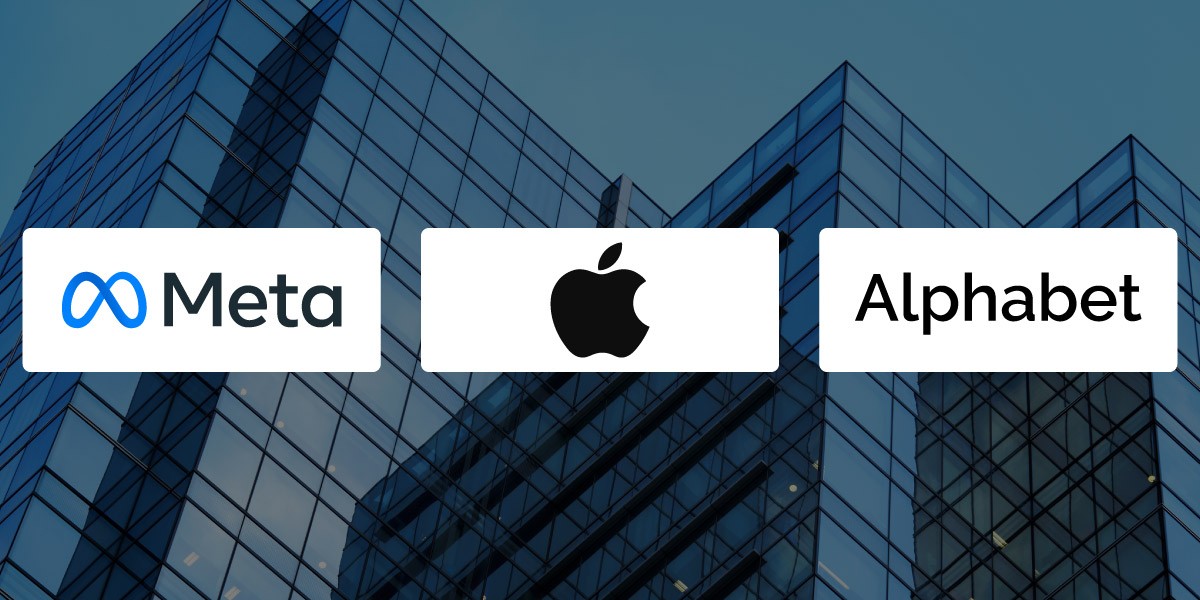
More on News
PM Modi Discusses Role of Technology in Agriculture, Education, and Health with Bill Gates
-
Team Eela
Nvidia, a dominant supplier of artificial intelligence (AI) hardware and software, has unveiled groundbreaking research on integrating chatbots in semiconductor design. The research aims to streamline the intricate process of designing semiconductors, typically consuming thousands of engineers and up to two years.
Modern chips consist of billions of transistors, and their efficient arrangement on a silicon substrate is one of the most challenging endeavors in the tech world. This complex task, involving the intricate structure of components on a silicon wafer, traditionally requires thousands of engineers up to two years to complete.
Nvidia’s semiconductor designs, known for their complexity and innovation, have become the cornerstone of various technologies, including ChatGPT. In a recent development, Nvidia has harnessed the potential of large language models, the underlying technology of chatbots, and augmented them with three decades of data from their semiconductor design archives.
Nvidia’s research leverages this chatbot-enhanced technology to address a common challenge in the semiconductor industry. The company’s senior designers frequently dedicate a significant portion of their time to responding to queries from junior designers. By introducing chatbots into this workflow, junior designers can now easily consult the chatbot, saving valuable time for senior designers.
According to Nvidia’s Chief Scientist, Bill Dally, “It turns out a lot of our senior designers spend a fair amount of their time answering questions from junior designers. So, the protocol is for a junior designer to ask the chatbot. This can save senior designers a huge amount of time.”
One of the most intriguing findings of Nvidia’s research is that augmenting a chatbot with company-specific data significantly improves its accuracy. By incorporating three decades of Nvidia’s semiconductor design experience, the chatbot becomes more precise and efficient, ultimately helping to manage system costs.
Nvidia’s research extends beyond the realm of chatbots, delving into the use of AI for code generation. Engineers often spend considerable time identifying malfunctioning components within a chip and employing testing tools to diagnose the issues. The research showcases an AI system’s capability to swiftly generate code scripts to operate diagnostic tools, expediting the troubleshooting process.
Bill Dally stated, “Our goal here is not to automate the process or replace people, but to take the people we have and just give them superpowers to make them more productive.”
Nvidia’s innovative research is poised to revolutionize the semiconductor industry, providing engineers with powerful tools to enhance their productivity while maintaining the critical human touch required for semiconductor design.
As Nvidia continues to pioneer advancements in semiconductor technology, the implications of this research are poised to influence the entire tech sector, opening new doors to efficiency and innovation in chip design.

More on News

More on News